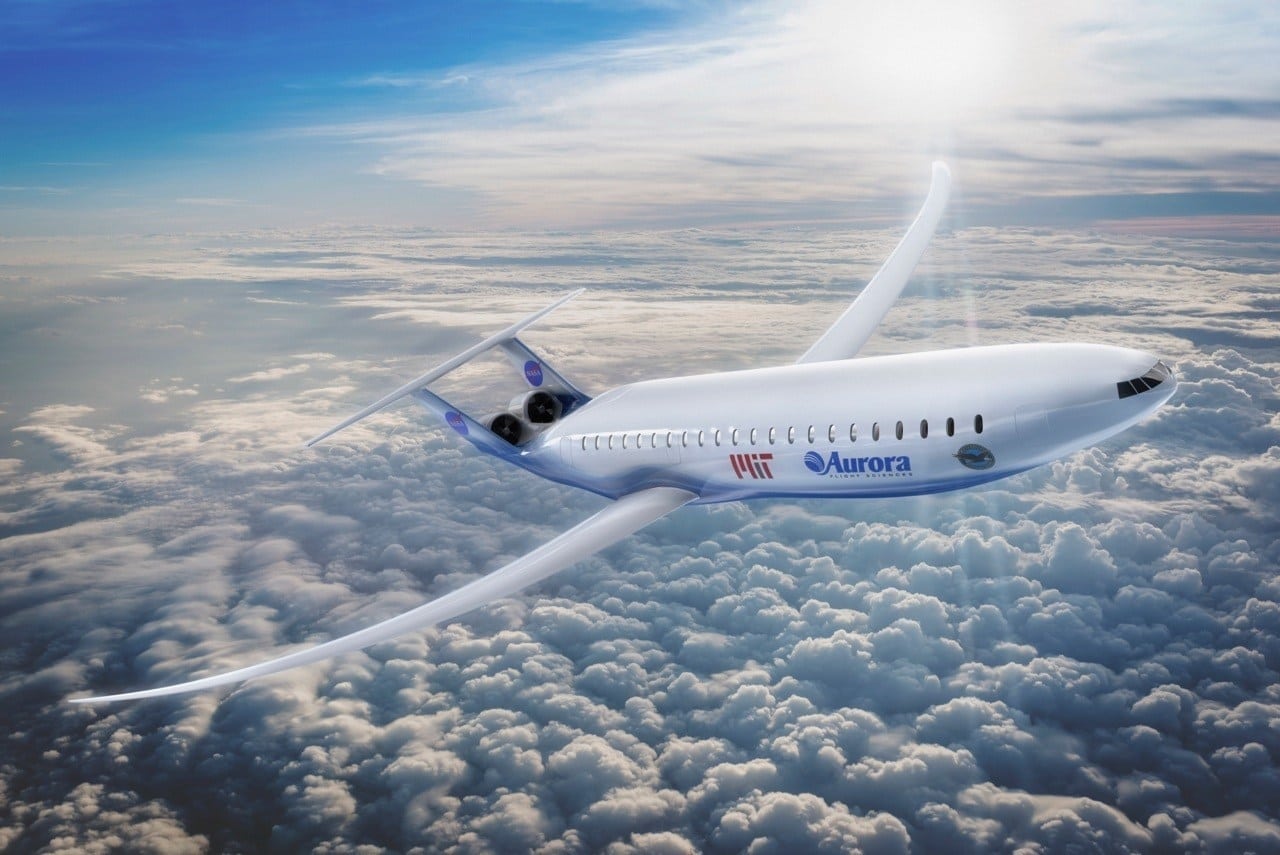 |
| Aurora’s D8 ultra-efficient commercial aircraft mock-up. Photo: Aurora |
[Avionics Today 09-14-2016] NASA has awarded Aurora Flight Sciences a six-month, $2.9 million contract for continued development of the company’s D8 aircraft, an ultra-efficient subsonic commercial airliner that is a candidate for demonstration in NASA’s new X-plane program.
In its fiscal year 2017 budget, NASA announced the New Aviation Horizons program in which the agency intends to flight test a series of X-planes capable of demonstrating significant reductions in fuel consumption, community noise impacts, and air quality impacts. The contract will help mature the D8 as a possible X-plane candidate that supports NASA’s Ultra Efficient Subsonic Transport Thrust initiative.
The D8 is a commercial aircraft concept that enables substantial efficiency improvements within the next decade. By entry into service, the D8 aims to be over 50 percent more fuel-efficient than current best-in-class aircraft while also reducing airline-operating costs.
The D8 evolved from Aurora’s work on the NASA N+3 Program. In 2009, a combined Aurora, MIT and Pratt & Whitney team was awarded a contract to study technologies and designs for transport-class aircraft that could enter service during the 2030s. Aurora’s design reconfigures the classic tube-and-wing aircraft in order to make extensive use of Boundary Layer Ingestion (BLI), high bypass ratio engines, and composite materials. The D8 benefits are enabled by modern composite manufacturing technologies and a propulsion system that leverages BLI. In addition, the design offers noise and emissions reductions.
Additionally, in 2015, the FAA selected the D8 for design development under its Continuous Lower Energy, Emissions and Noise Program (CLEEN II). In the CLEEN II program, Aurora will design, fabricate and test the unique structural features of the D8 fuselage in order to demonstrate the aircraft’s substantial weight savings and manufacturability. The structural test articles fabricated under this program will be at the same scale as the planned X-Plane, thereby serving as part of a building-block approach for a flight demonstrator.